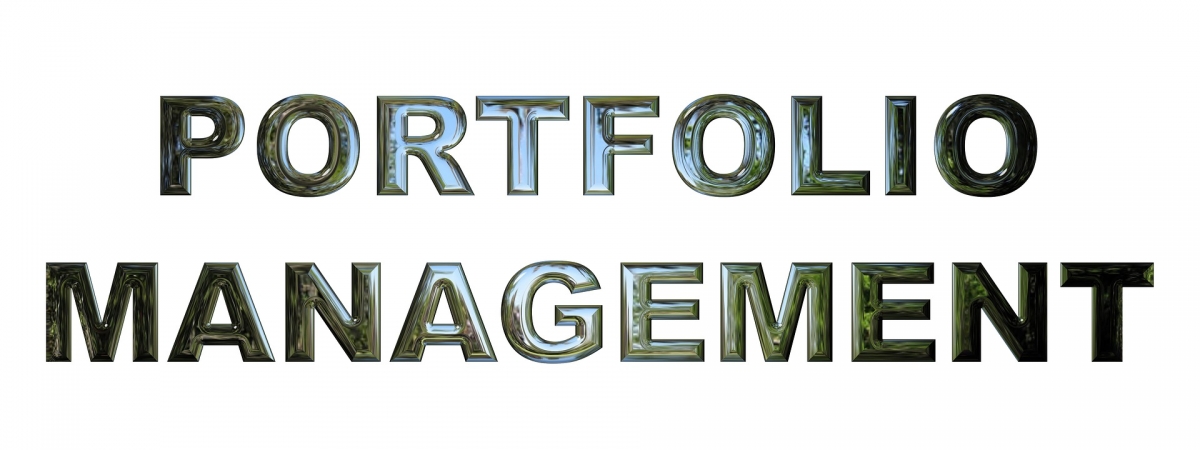Do you understand the differences and the relationship between portfolio management and project management so you can manage each one accordingly?

What is portfolio management?
Portfolio management focuses attention at a more aggregate level. Its primary objective is to identify, select, finance, monitor, and maintain the appropriate mix of projects and initiatives necessary to achieve organizational goals and objectives.
Portfolio management involves the consideration of the aggregate costs, risks, and returns of all projects within the portfolio, as well as the various tradeoffs among them.
Role of the Portfolio Manager
Of course, the portfolio manager also is concerned about the “health” and well being of each project that is included within the organisation’s IT portfolio. After all, portfolio decisions, such as whether to fund a new project or continue to finance an ongoing one, are based on information provided at the project level.
Portfolio management describes the processes, practices and specific activities to select IT investments. Portfolio Management makes use of continuous and consistent evaluation, prioritisation, budget considerations and finally selection for the greatest value and contribution to the strategic interests of the organization. Through portfolio management, the organisation can explicitly assess the tradeoffs among competing investment opportunities in terms of their benefits, costs, and risks.
Investment decisions can then be made based on a better understanding of what will be gained or lost through the inclusion or exclusion of certain investments.
5 elements of portfolio management
In the simplest and most practical terms, portfolio management is about the five following items:
- Defining goals and objectives – clearly articulate what the portfolio is expected to achieve.
- Understanding, accepting, and making tradeoffs – determine how much to invest in one thing as opposed to something else.
- Identifying, eliminating, minimising, and diversifying risk – select a mix of investments that will avoid undue risk, will not exceed acceptable risk tolerance levels, and will spread risks across projects and initiatives to minimise adverse.
impacts. - Monitoring portfolio performance – understand the progress that the portfolio is making toward the achievement of the goals and objectives.
- Achieving the desired objective – have the confidence that the desired outcome will likely be achieved given the aggregate of investments that are made.
What portfolio management is not
At this point, it is probably a good idea to shed a bit of light on what portfolio management is not.
It is not about doing a series of project-specific calculations and analyses, such as return on investment, benefit-cost analysis, net present value, payback period, rate of return (internal or otherwise), and then adjusting them all to account for risk. Nor is it about the earned value or activity-based costing. These practices are important, however, they are project-specific.
Portfolio management is not collecting after-the-fact information on IT projects to produce a report that the organization hopes will satisfy some organisational reporting requirement.
